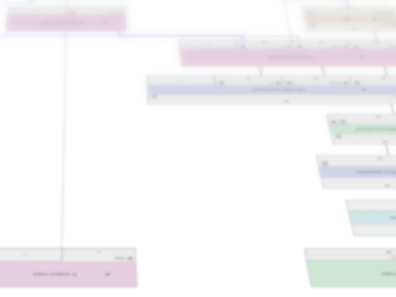The therapy of life-threatening fungal infections is limited and needs urgent improvement. This is in part due to toxic side effects of clinically used antifungal compounds or their limited delivery to fungal structures. Until today, it is a matter of debate how drugs or drug-delivery systems can efficiently reach the intracellular lumen of fungal cells and how this can be improved. Here, we addressed both questions by applying two different polymeric particles for delivery of compounds. Their formulation was based on two biocompatible polymers, i.e., poly(lactic-co-glycolic acid)50:50 and poly(methyl methacrylate-stat-methacrylic acid)90:10 yielding particles with hydrodynamic diameters ranging from 100 to 300 nm. The polymers were covalently labeled with the fluorescent dye DY-550 to monitor the interaction between particles and fungi by confocal laser scanning microscopy. Furthermore, the fluorescent dye coumarin-6 and the antifungal drug itraconazole were successfully encapsulated in particles to study the fate of both the cargo and the particle when interacting with the clinically most important human-pathogenic fungi Aspergillus fumigatus, A. terreus, Candida albicans, and Cryptococcus neoformans. While the polymers were exclusively located on the fungal surface, the encapsulated cargo was efficiently transported into fungal hyphae, indicated by increased intracellular fluorescence signals due to coumarin-6. In accordance with this finding, compared to the pristine drug a reduced minimal inhibitory concentration for itraconazole was determined, when it was encapsulated. Together, the herein used polymeric particles were not internalized by pathogenic fungi but were able to efficiently deliver hydrophobic cargos into fungal cells.
FungIdent
FungIdent enables correlative microscopy-sprectroscopy guided analysis using advanced deep learning approaches to provide an online scan for the identification of…
JIPipe
JIPipe introduces a visual programming language into ImageJ that allows the creation of pipelines by designing flow charts. This language…







